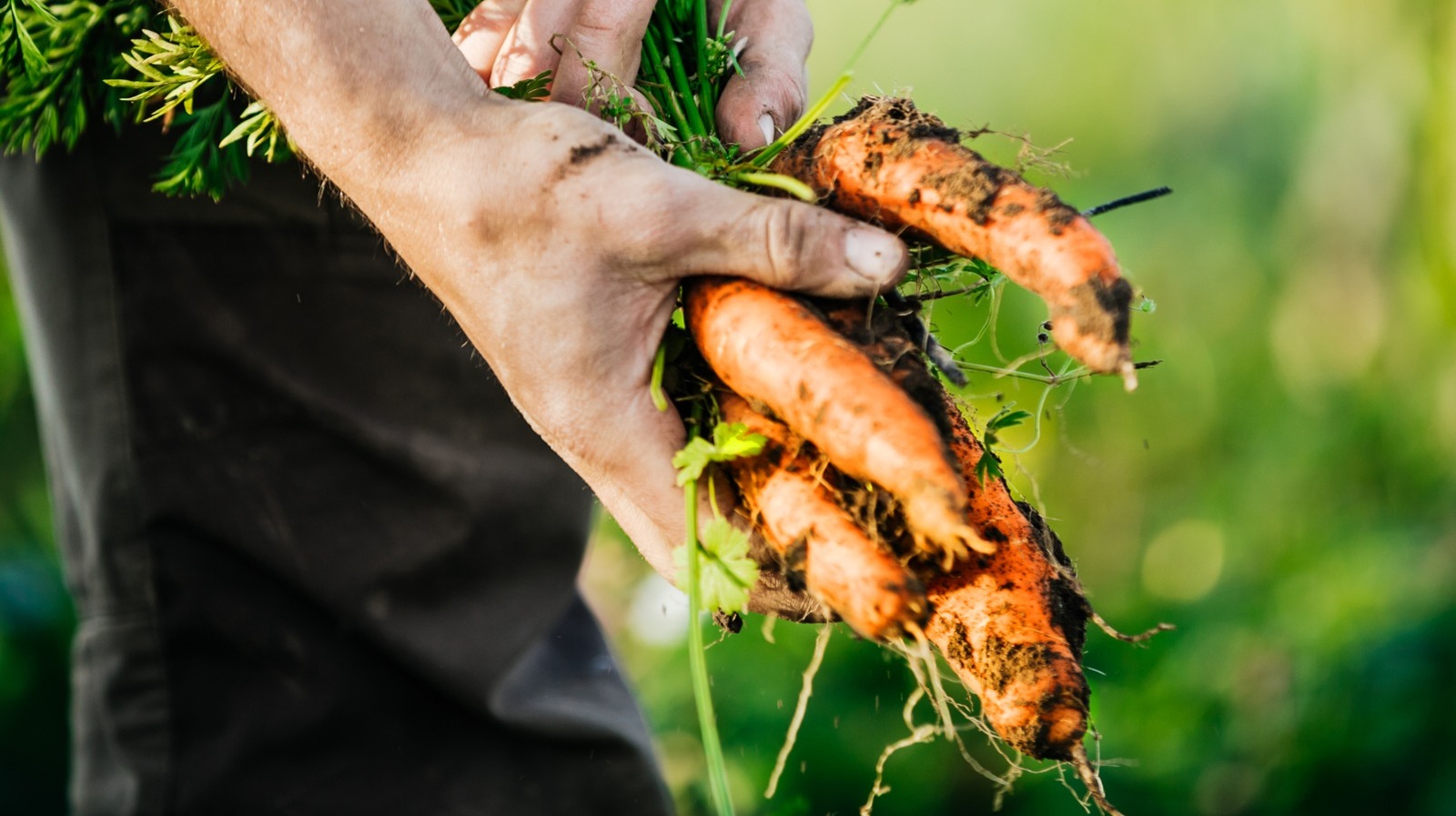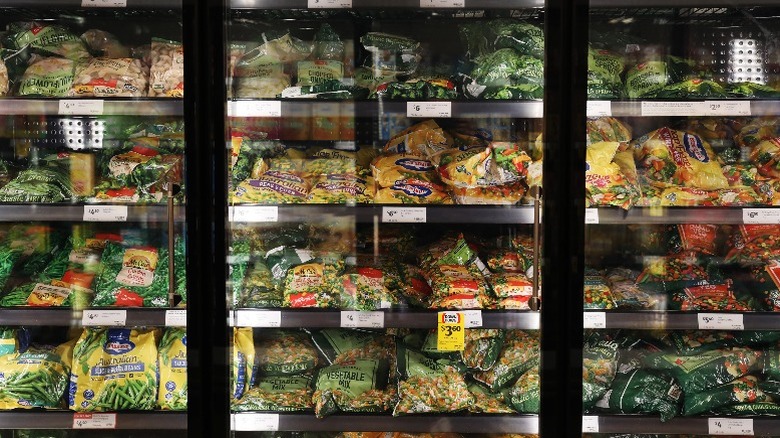Frozen veggies are a staple for good reason. They’re convenient and long-lasting. Plus, thanks to a little-known harvesting secret behind frozen food, they may have more nutrients than many of the fresh vegetables you can buy at the store. But where do those vegetables come from? If Birds Eye is your brand, the simple answer is from all over the world. And it probably is your brand since they’re the leading producer of frozen veggies worldwide, being responsible for many branded and private-label frozen produce products the Birds Eye name isn’t on.
To pick, pack, and freeze vegetables that offer the best flavors, Birds Eye sources every vegetable it sells from different places. For example, its broccoli comes from Spain, as Birds Eye believes this region offers the ideal climate and soil to grow this particular vegetable. Its peas, on the other hand, come from British companies like A.M. Borrill and Son and W.B. Martinson & Sons. Birds Eye also sources edamame from China. Despite the need to rely on other countries to provide superior product in some cases, the majority of the brand’s produce comes from farms based in the United States.
How it all stays fresh
Farmers pick produce from optimal environments and freeze it at peak ripeness to preserve essential nutrients and flavor. That’s what can make them taste even better than fresh. The Birds Eye brand in particular uses a flash-freezing technique that prevents the cell walls of produce from getting damaged. This accelerated method involves freezing produce almost instantaneously. This process means the taste is nearly identical to its fresh counterparts, and there are no preservatives required.
This flash-freezing method was actually created by this brand’s founder, Clarence Birdseye. The technique has since revolutionized modern food production. Even the origin of TV dinners is traced back to this invention. Now, anything from frozen chicken to frozen fish can be superior to fresh, and vegetables imported from China can taste just as fresh as those plucked from our backyard.






